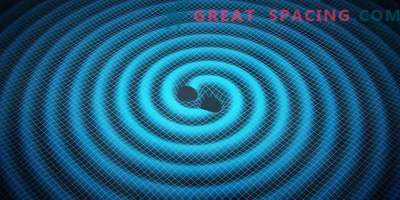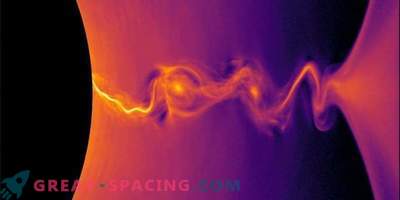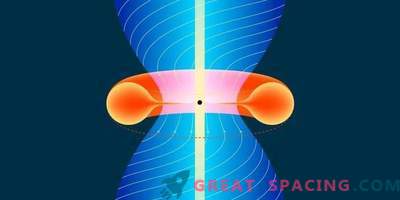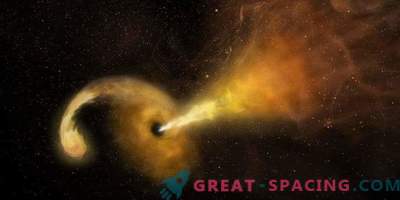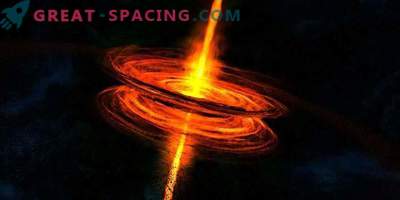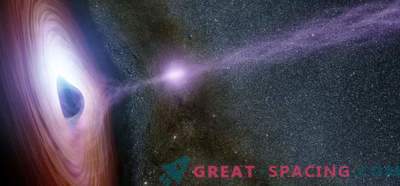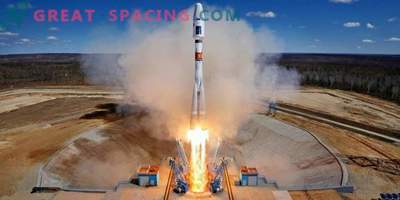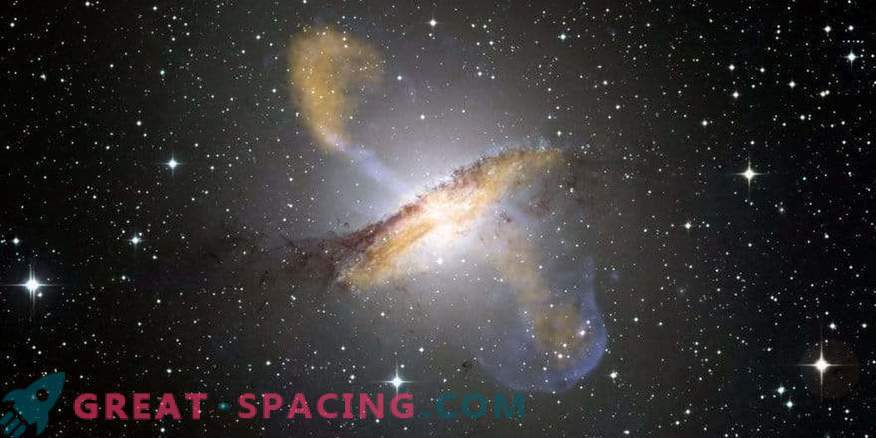
Supermassive black holes hiding in galactic centers are often described as cosmic monsters. However, these are practically invisible beasts. To find them, it is necessary to measure the speed of gas clouds revolving around them.
However, sometimes they declare their existence, releasing powerful jets carrying so huge energy volumes that they are able to overshadow the entire glow of galactic stars. These relativistic jets are two plasma streams moving in opposite directions at speeds close to the light.
But the physics that control them remains mysterious for a long time. New research is trying to shed light on some of the reasons for the unusual appearance of the jets. Their exclusivity lies in impressive stability. They manage to escape from a region the size of an event horizon and move away from the host galaxy, while maintaining their original shape. This corresponds to a length that is a billion times the original radius. Just imagine how a water fountain is pulled out of a hose with a width of 1 cm and remains stable for 10,000 km. But at a great distance the jets lose their coherence and develop elongated structures that often resemble vortices. So, they are subject to some instability, changing appearance.
Jet Dichotomy
The first astrophysical jet in 1918 was noticed by Geber Curtis. He determined that the phenomenon should have a connection with the core of the elliptical galaxy M87.
In the 1970s Bernie Fanaroff and Julia Riley were able to explore a huge number of jets. They realized that they can be divided into 2 classes: those whose brightness decreases with distance, and those whose brightness increases at the edges. The second type is 100 times brighter than the first. Both are endowed with a slightly different shape at the end - the first resembles a flashing plume, and the second - a narrow turbulent flow.
When the jet stream receives acceleration from a black hole, it reaches 99.9% of the light speed. At such a speed, the flow of time in the jet measured by an external observer slows down, following Einstein's special theory. Different parts of the jet are exchanged between each other and thus protect their integrity.
When ejected from a black hole, the jet expands to the side. This expansion creates pressure inside the jet and the gas pressure around the jet does not decrease. As a result, the gas pressure exceeds the pressure inside the jet, and then compressed. At this point, the parts of the jet converge and restore contact. If certain areas become unstable, this may affect the whole beam. It is important to note the fact that after expansion and contraction the flow moves not directly, but along a curved path. Curved streams are likely to suffer from centrifugal instability, and therefore form a vortex structure.
Computer models show that relativistic jets lose stability due to the centrifugal instability, which initially affects only their contact with the galactic gas. This instability is so dangerous that the jet does not stand up and is inferior to turbulent.
The study of these processes will allow you to better understand the impressive stability of astrophysical jets. It will also help to understand the two classes and the reasons for their appearance.
